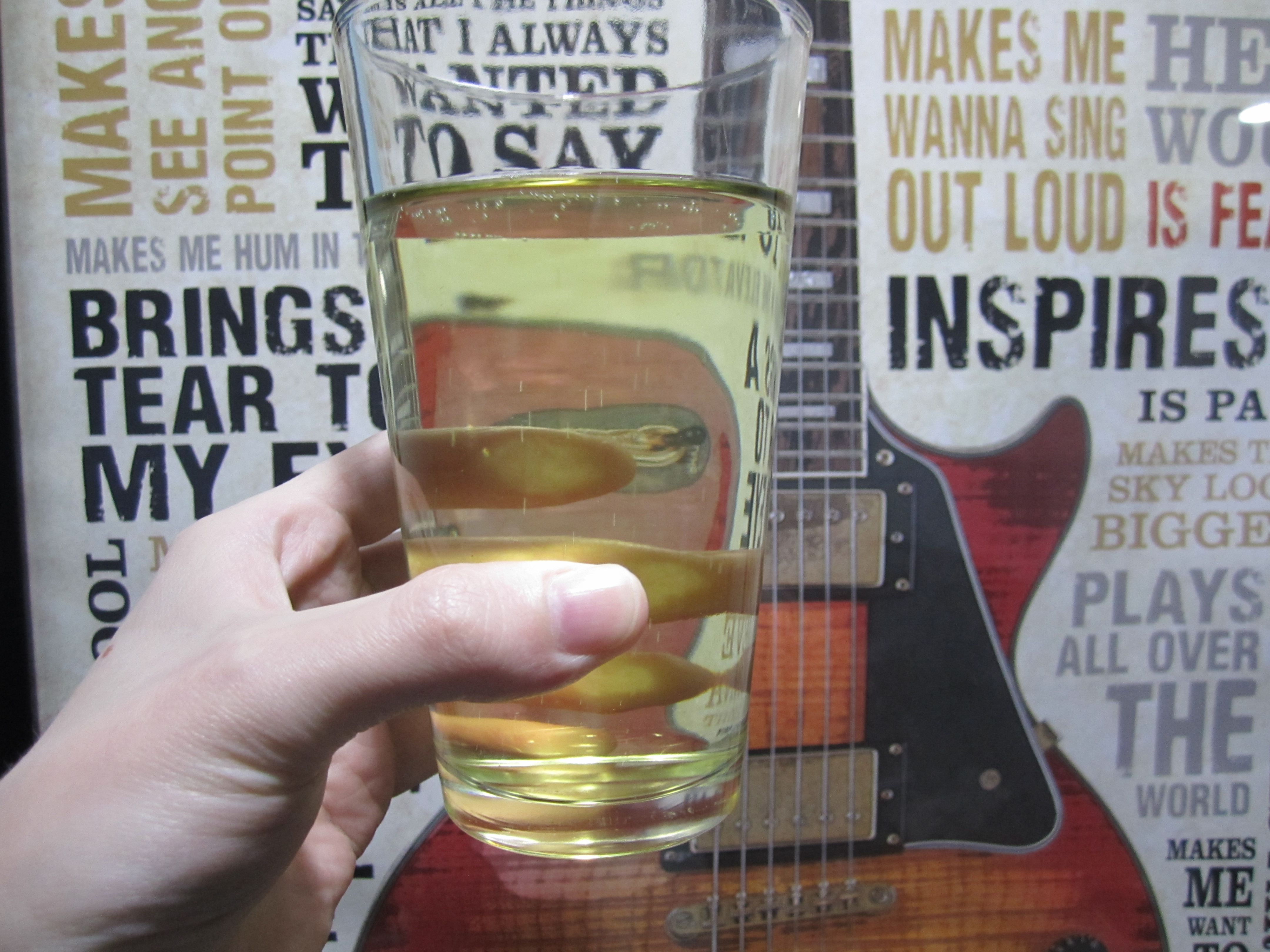RPh_Guy
Bringing Sour Back
This is a complex, crisp, off-dry, funky cider with lots of fruity apple flavor, a hint of oak, and good body.
My recipe doesn't require a barrel, but you certainly can use one! Either way it will taste like a traditional farmhouse cider aged in a barrel. I haven't had the pleasure of tasting any commercial examples like this.
Ingredients:
Process:
Other considerations:
Happy to answer any questions!
Enjoy!
My recipe doesn't require a barrel, but you certainly can use one! Either way it will taste like a traditional farmhouse cider aged in a barrel. I haven't had the pleasure of tasting any commercial examples like this.
Ingredients:
- Unpasteurized preservative-free fresh pressed apple juice
- Booster Blanc
- Tannin FT Blanc Soft, if using low-tannin apples (if you're not sure, go ahead and use it)
- StaVin medium toast French oak cubes, if not using a barrel
- Tartaric acid
- Brettanomyces culture(s). I use WY5526 and dregs from Three Floyd's Deesko
- A bit of chlorine-free water
- EC-1118 or Red Star Premier Cuvee yeast, if bottling
Process:
- Add the juice to your fermenter. I highly recommend using PET plastic or oak for the fermenter. HPDE plastic that seals air-tight is also acceptable.
- Dissolve 0.33g/gal FT Blanc Soft tannin in water and add it.
- Dissolve 1g/gal Booster Blanc in water and add it.
- Steep 0.17oz/gal oak cubes in boiling water for 1-2 minutes then strain. Discard the water and add the oak.
- Add your Brett cultures. Use only a tiny amount! A few drops of slurry is perfect.
- Mix well and aerate.
- Seal and airlock the fermenter.
- Let sit for 1-3 weeks between 50-60°F and then raise to 60-75°F for 3-6 months, undisturbed. If it doesn't start fermenting within 3 days at 50-60°F, increase the temperature by 5-10°F.
- When packaging, you may want to increase the acidity. Try 1.9g/gal (0.5g/L) tartaric acid, which should add back some brightness. Adjust to your taste.
- If bottling, properly rehydrate the wine yeast, 1-2g/gal. Add it halfway through racking into the bottling bucket.
- Carbonate to 2.5-3.0 volumes, or as desired.
Other considerations:
- Obviously cider starts with the apples. Pick the best blend of apples you can find. However, I designed this recipe to work well even for those of us that don't have the luxury of hand selecting heirloom cider apple varieties, so any juice will be ok.
- If you are pressing the apples yourself, do not wash them. We want all that wild yeast on the skins!
- If you can only get pasteurized juice, then ??? ... You're welcome to introduce wild microbes through some other method, but your results may vary.
- Using Fermaid O in staggered doses is a good idea to prevent H2S formation, but may not be needed. If H2S occurs, you should use a copper product like Reduless. Do not use more traditional methods like aeration unless you want your cider to taste like vinegar.
- Since we are not adding sulfite, make an effort to protect it from oxygen: Keep. It. Closed. Leave it alone and it will be fine.
- The Booster Blanc and low temperature primary help preserve the apple flavor.
- The tannins, oak, extended contact with the lees, and natural MLF result in lots of body.
- The bottling yeast is to help prevent THP formation.
- You need to use tartaric acid specifically for increasing acidity. Why? Because the cider naturally undergoes MLF, and the bacteria will consume malic acid and citric acid. Do not substitute with an acid blend or any other acid. You may however add some acetic acid (vinegar) if you want a little more tang, and to make it more authentic. Anywhere up to 1oz/gal of 5% vinegar would be appropriate.
- Any Brett culture or live dregs from a funky beer or cider will work.
- We want to only pitch a small amount of Brett so that the wild yeast complete the primary fermentation.
- Plastic or oak are important for Brett flavor development. It needs micro-aeration!
- Do NOT rack during the process besides when packaging. Contact with the lees encourages Brett flavor formation. If you want a more fruity cider vs more funky, package it closer to 3-4 months if it tastes good at that point.
- Very likely a pellicle (film) will form. This is normal and not concerning. A pellicle should not be confused with mold which would appear as fuzzy or hairy.
Happy to answer any questions!
Enjoy!
Last edited:



